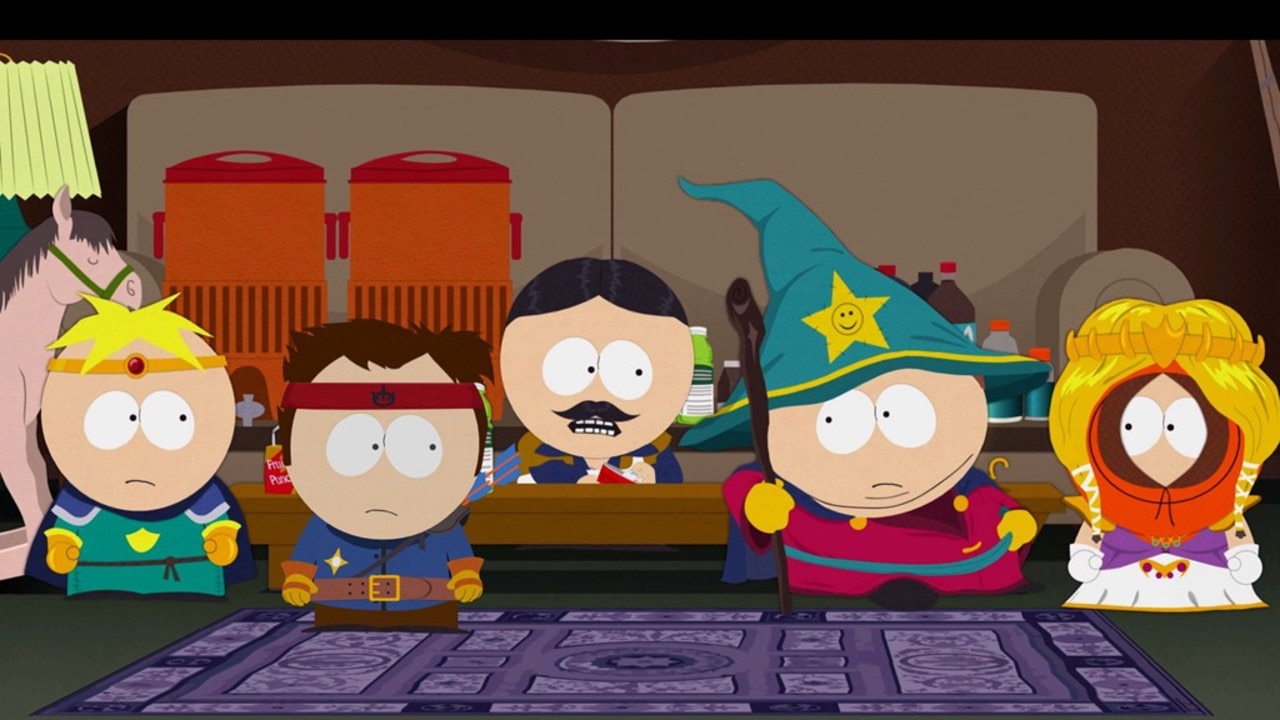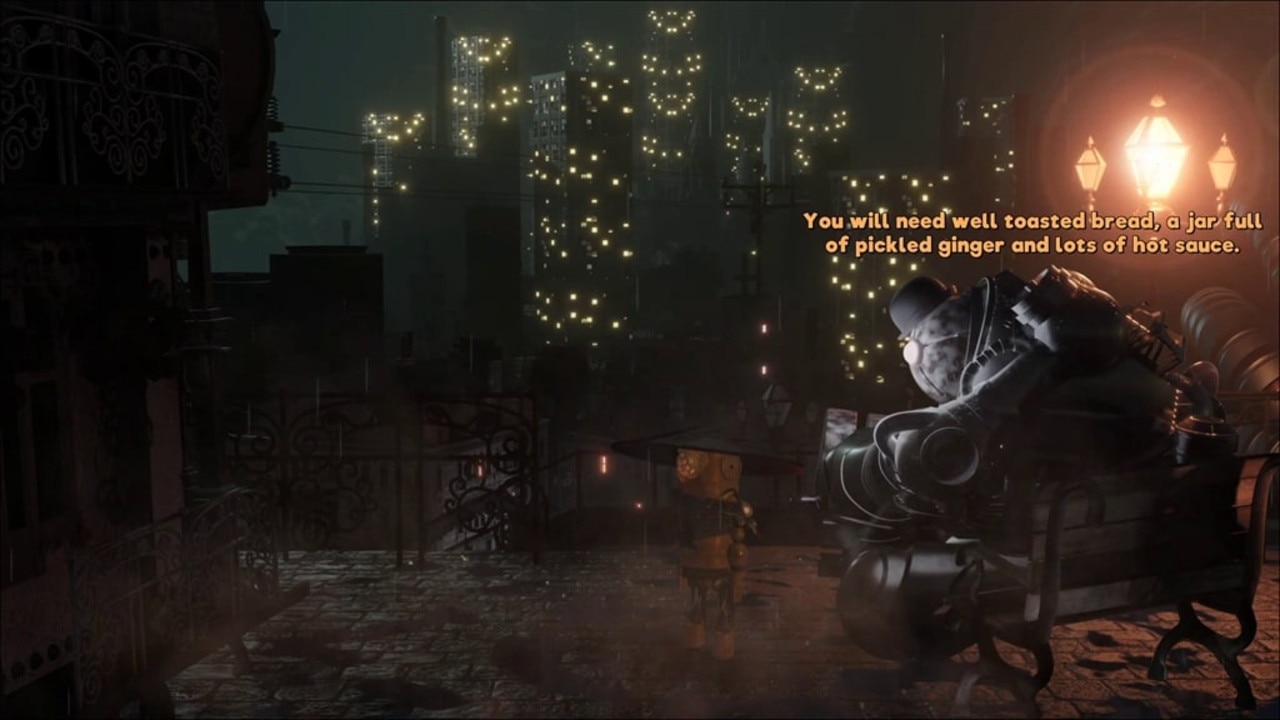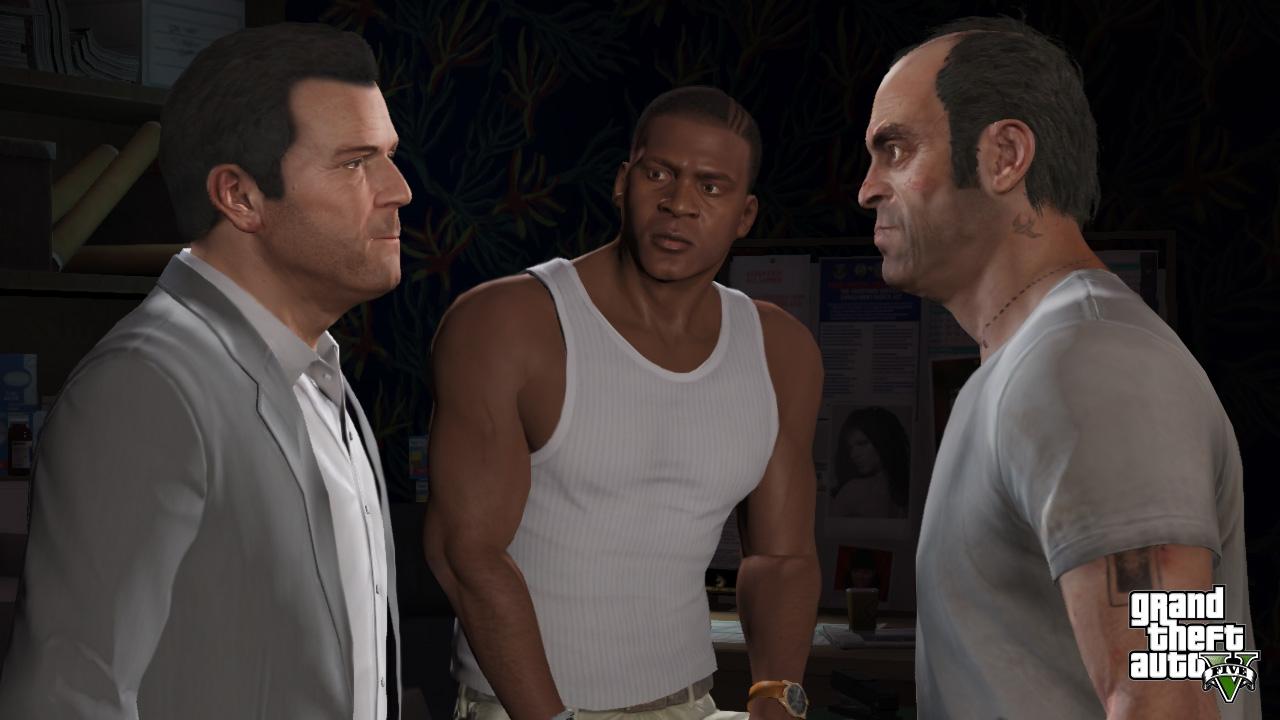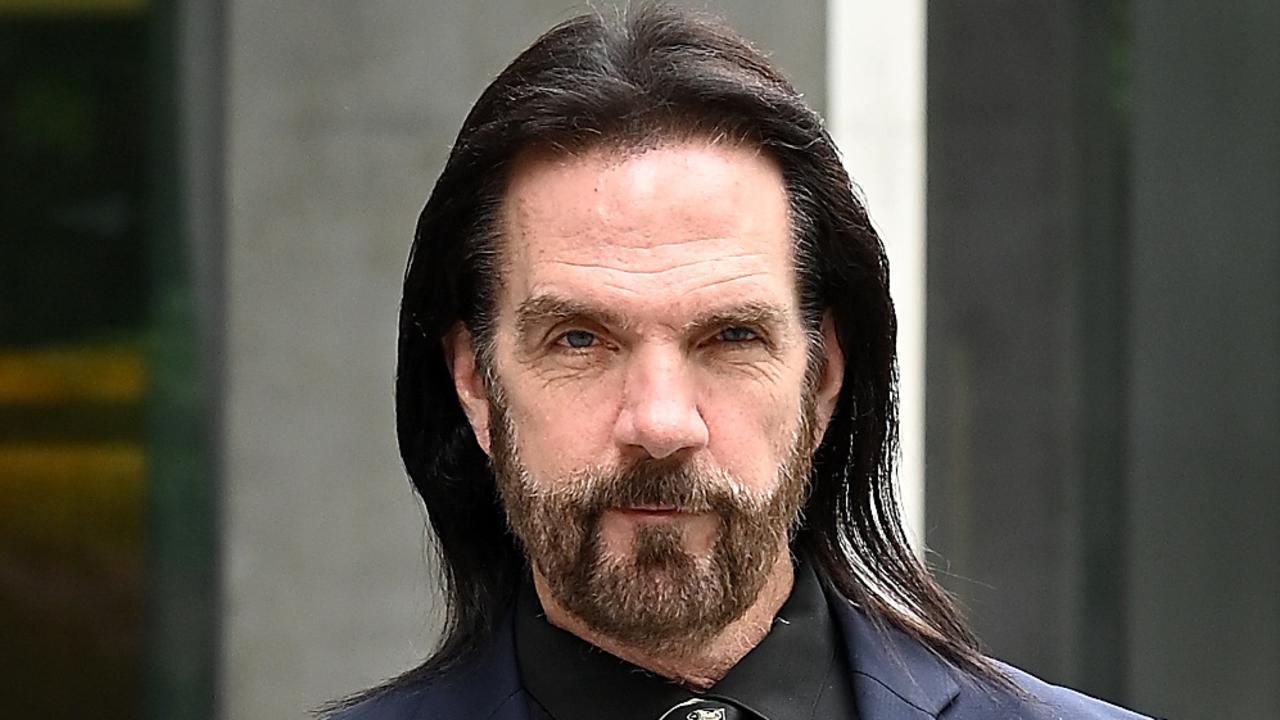Wildest video games banned in Australia
Historically, Australia has had quite strict rules about what content is permissible in a video game. We look at some of the biggest hits that got banned here.
Being a gamer in Australia can be a little irritating at times. If, for example, you play online games like Final Fantasy XIV or World of Warcraft, you’re almost forced to play on the Oceania servers unless you can tolerate high ping connections to the US or EU (which are more populated). While Australia does often enjoy early access to certain games, it rarely lasts for more than a week or two before the rest of the world can catch up. And until recently, Australia would ban some of the biggest hits in gaming due to an archaic classification system.
For the longest time, Australia was quite strict on what content you could view in a video game. Before 2013, the Australian Classification Board would only classify games up to a rating of MA15+. Anything beyond what they believed was viable for an adult to play would be refused classification and tossed on a “do not import” list. Anyone found trying to smuggle in these banned games would see massive fines (prior to digital downloads, of course.)
This included “sexuality and nudity in relation to incentives and rewards” for The Witcher 2 and Saints Row IV, the former of which had a side quest where you could receive sex as a reward.

Most famously, the pre-R18+ era included a ban on South Park: The Stick of Truth because of a scene in which several characters are probed anally by aliens. This was later altered to a picture of a koala crying while a text description describes what is happening.

After 2013, the R18+ classification was created, allowing for more adult content to make its way through the censors, but still retaining bans for certain topics — namely, drug use related to incentives and sexual activity including minors or characters who appear to be minors. The latter being understandable, of course — no one should want that — but the former being questionable.
The drug ban is focused on in-game drugs that reward benefits and are close in naming conventions to drugs purchasable in real-life. While this ban has caught some pretty funny-sounding games that are absolutely aware of what they are, like “Weed Mod for Minecraft PE”, it has also caught games that don’t heavily feature drug use, such as Ultreïa, a puzzle game about a world full of robots and the meaning of life. You can still purchase Ultreïa on Steam, but it is unclassified.

Other examples include Disco Elysium, which was originally refused classification and successfully overturned due to the developers arguing that there were negative consequences for drug use in the game — or DayZ, which eventually removed all references to marijuana from its worldwide releases to meet certification.

The cannabis item had not been fully implemented in the game prior to the ACB banning it. Fallout 3 had to rename the “morphine” item to Med-X prior to distribution — so, fake drugs are okay, but real fake drugs are not.
Why the stringent rules surrounding drug use? Do the censors believe that anyone playing Mother Russia Bleeds, a pixelated side-scrolling beat-em-up, will suddenly want to inject themselves with a rage serum? In Grand Theft Auto Online you can build a drug-dealing enterprise, which confers the bonuses of being filthy, stinking rich, yet there’s no ban there.

In this day and age, trying to shuffle recreational drug use under the rug and pretend it doesn’t exist seems more than a little foolhardy. Countless movies feature drug use both implicitly and explicitly, and yet they do not get refused classification. If anything, it highlights how behind the times the ACB is in regards to what is acceptable content in modern times.
A relatively recent report from 2020 suggests that the average age of gamers in Australia is approximately 34 — clearly old enough to understand the implications of on-screen drug use. The ACB appears to be aiming to protect a demographic that isn’t the primary consumer of the medium from potential drug use exposure.
All of this is vaguely moot, however. Players interested in getting their hands on some banned releases can typically do so anyway — Steam, for example, will simply show the game as unclassified when you go to make your purchase. You can also sign up for an American or European account and access their versions of the storefronts — and their uncensored versions of video games.
The addition of the R18+ classification hasn’t really done much except shift the goalposts of what the ACB believes is acceptable to view slightly. No one in their right mind is going to play a drug mod for Minecraft, see Steve snort an eighth or whatever, and immediately hit up a dealer for a hook-up. Perhaps the ACB needs another look at its policies and ask if what they are doing is protecting its intended target, or if it’s causing endless frustrations instead.
Written by Junior Miyai on behalf of GLHF





